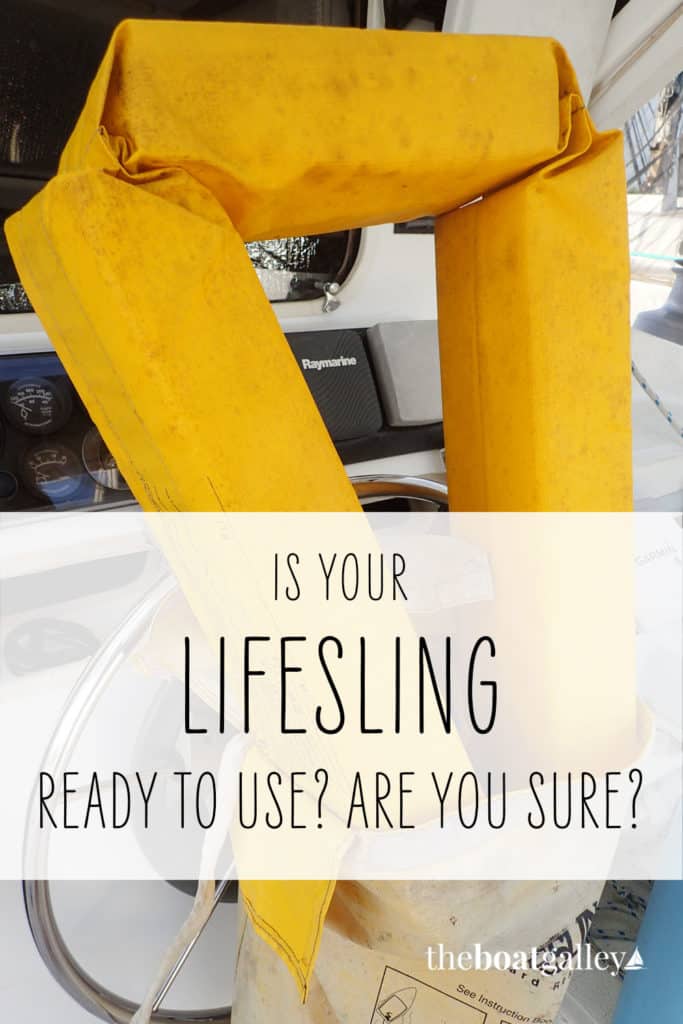
If you’re like most of us, your Lifesling sits on your boat year after year. You know it’s there, but have you really looked at it?
When we bought Que Tal (our first cruising boat), we decided to do a practice retrieval in a sheltered anchorage — we left the boat anchored; we wanted to figure out the best way to get someone aboard once we got it to them. The first thing we discovered was that the Lifesling had never been tied to the boat. So when we threw it overboard, it was just there, floating. By itself. Oops. Glad it wasn’t a real emergency.
That should have taught us to thoroughly double-check the safety gear when we bought Barefoot Gal. We did check to make sure that the Lifesling was tied on . . . and it was. But we didn’t make sure it was ready to use if there was an emergency.
Last spring, when we put the boat into storage for the summer, I realized that our throwable was in pretty sad shape (read about that). And for some reason, that made me pull the Lifesling out of its cover.
Check Your Lifesling
I found a rat’s nest of knotted line.
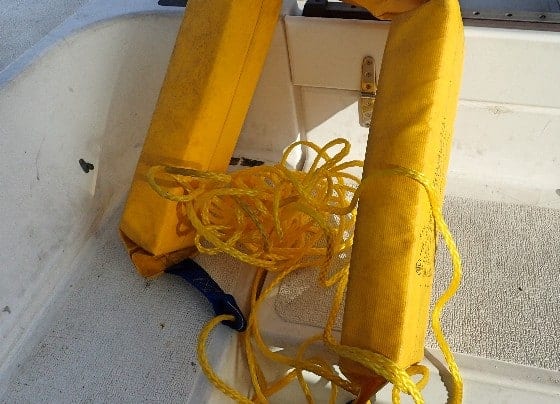
It took me over 30 minutes to untangle the Lifesling. That would have been horrible in an emergency! I couldn’t have gotten it more than 3 feet from the boat.
So now I had to repack it properly, so someone can grab the Lifesling out and toss it in the water, and have the line play out behind the boat so that it can be dragged around the MOB for them to grab.
It’s not hard, but it is critical to do it right. The owner’s manual states it best: “The Lifesling is like a parachute: it only works if you pack it correctly.” (Get a copy of the owner’s manual here.)
How to Pack a Lifesling
So, here’s How to Pack a Lifesling, complete with photos. While you’re repacking it, check that the line is in good condition — if any little bit of it has been left out in the sun, chances are good that pieces of the line will flake off in your hand. In that case, don’t bother repacking it: get new line, then repack it.
Start with the end of the line that is NOT attached to the Lifesling — it should be covered in nylon webbing. Leave the end out and place where the webbing ends (that is, where it becomes just the polypropylene line) in the bottom of the line pouch in the case (polypropylene is great because it floats but it is very susceptible to damage from the sun, hence the webbing cover on the exposed end). You’re making a big “U” in the line.
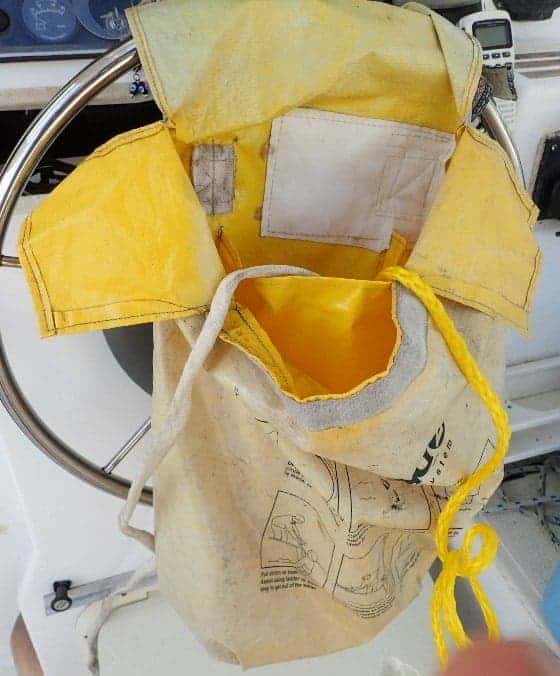
Then starting putting 12″ at a time of the colored line down into the line pouch, making a zig-zag as you go. Do not coil the line! Keep the white webbing-covered line to one side and don’t get it tangled with the line you’re packing.
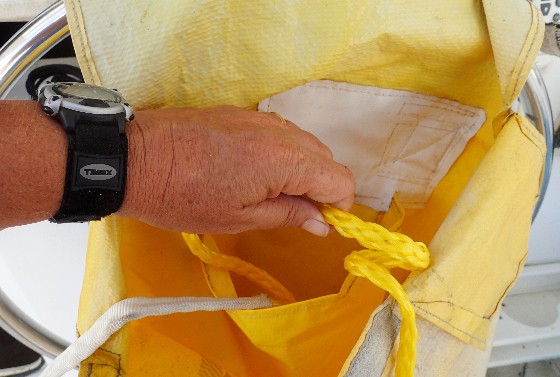
When you get to the point where the line is attached to the Lifesling, take the two sides of the Lifesling and slide them down the two sides of the case to fit over the line in the center.
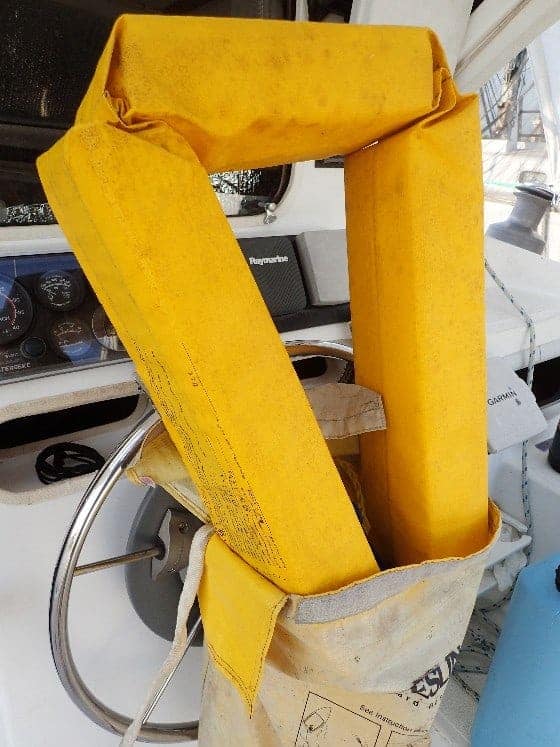
Slide it down (it’s tight!) and Velcro the top in place.
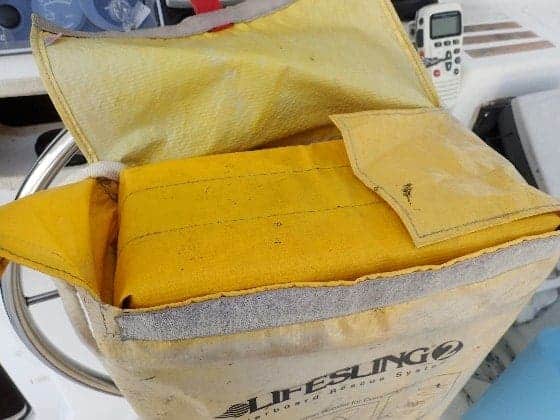
Mount it back in it’s place and secure the free (webbing end) — it’s hard to get just a knot to hold in polypro (even covered), so the company recommends seizing it. Remember, if the end comes unattached, you won’t be able to get the Lifesling to the MOB.
Check That Your Lifesling Will Deploy
Want to check your work? It’s easiest if you’re in a boatyard or at a dock, but it can be done at anchor too. Assuming you’re at a dock:
- Open the case and grab the Lifesling out.
- Toss the Lifesling onto the dock.
- Get on the dock yourself.
- Pick up the Lifesling and walk away from the boat.
- Can you extend the full distance of the polypro line (125′)?
- Did it stop extending at that point?
If yes to both of these questions (which test the packing and how it’s secured to the boat), repack it just like you did. If not, figure out what the problem is, repack it or re-secure it and test again.
Pulling Someone Aboard
And the next time you’re in a nice, warm swimmable anchorage, have one person jump in the water with the Lifesling (leave the boat at anchor; don’t worry yet about the whole issue of getting the Lifesling to them). (Don’t do this at a dock — there is a danger of electrocution.)
See what it takes to get the “swimmer” back on deck. Figure out the best way(s) of hoisting someone. And make sure that everyone who is regularly on the boat takes a turn as the victim and as the rescuer — I am not nearly as strong as Dave and we had to devise a different way for me to winch him aboard our Tayana 37, which has fairly high freeboard.
Someday, your life or the life of someone you love may depend on the Lifesling working properly. Are you willing to bet your life on yours?
Read Next

Quickly find anchorages, services, bridges, and more with our topic-focused, easy-to-use waterproof guides. Covering the ICW, Bahamas, Florida, and Chesapeake.
Explore All Guides

Carolyn Shearlock has lived aboard full-time for 17 years, splitting her time between a Tayana 37 monohull and a Gemini 105 catamaran. She’s cruised over 14,000 miles, from Pacific Mexico and Central America to Florida and the Bahamas, gaining firsthand experience with the joys and challenges of life on the water.
Through The Boat Galley, Carolyn has helped thousands of people explore, prepare for, and enjoy life afloat. She shares her expertise as an instructor at Cruisers University, in leading boating publications, and through her bestselling book, The Boat Galley Cookbook. She is passionate about helping others embark on their liveaboard journey—making life on the water simpler, safer, and more enjoyable.
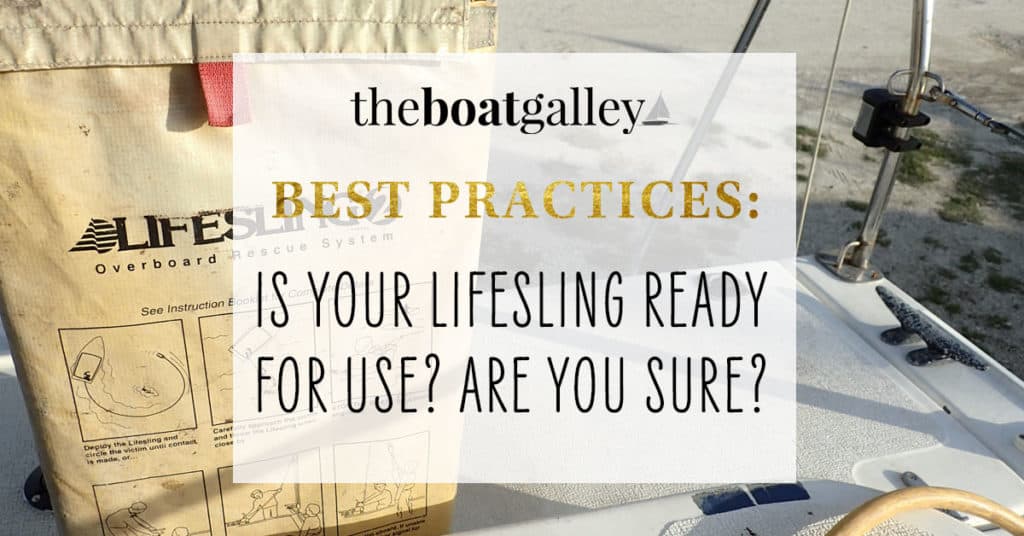


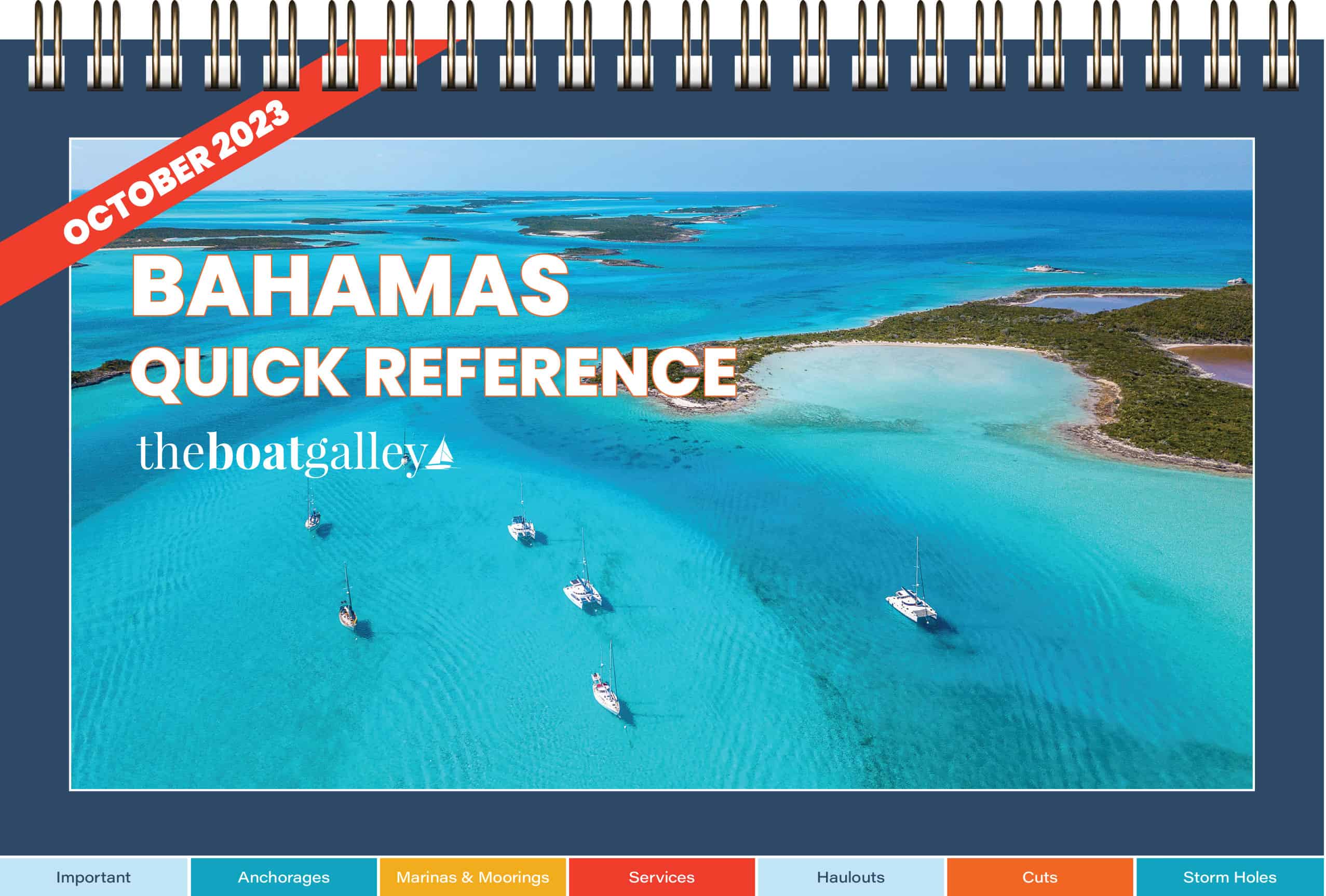
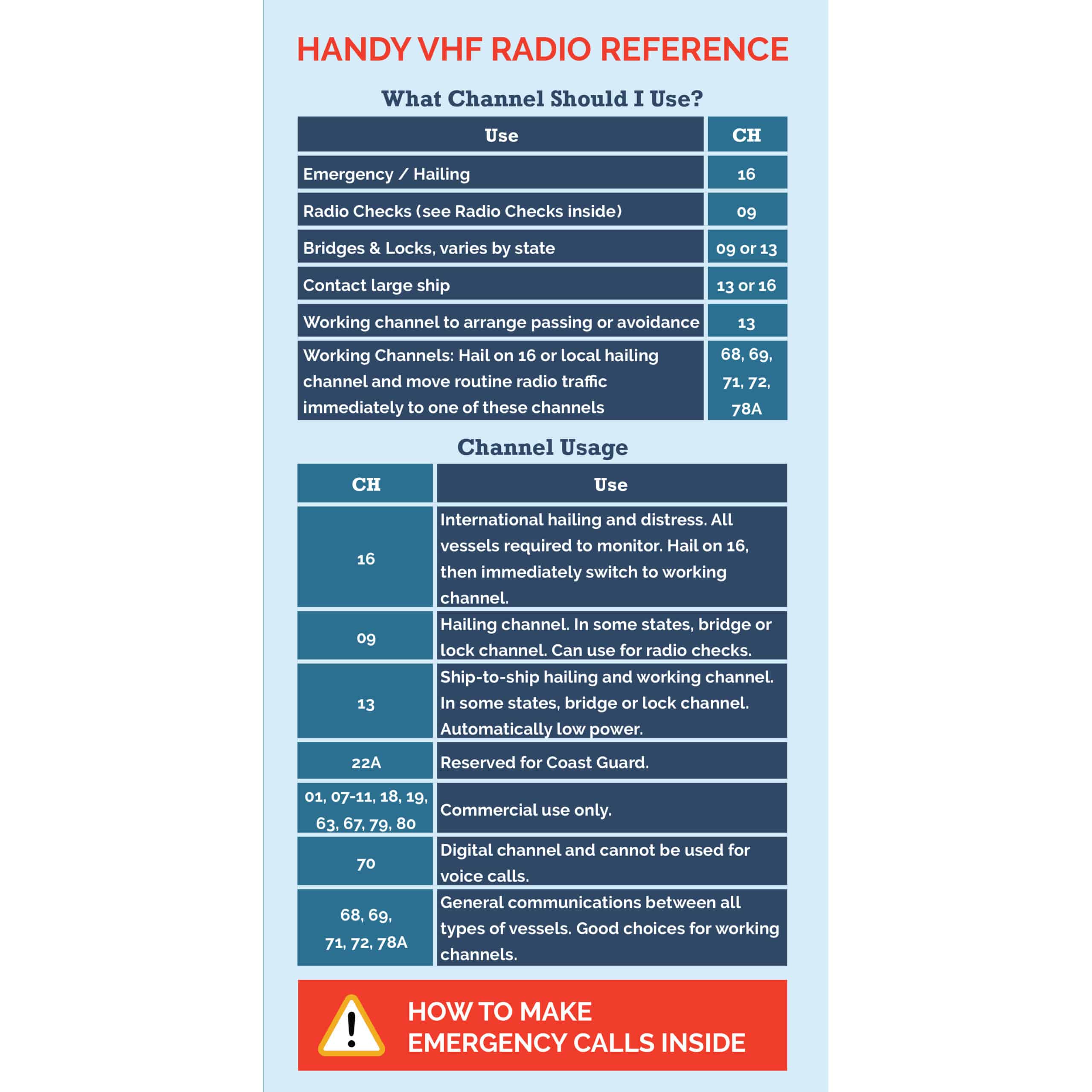




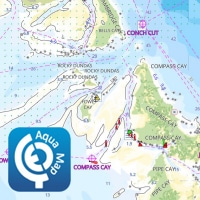

Jonathan says
Carolyn,
I was going to rant about the piece of $%^& bag that Lifesling sells. It lasts for a couple years in the tropics. Yes I know a new bag only costs 40 bucks, but a sunbrella bag costs a hundred! But I see Sailrite has a video for DIY replacement bag and you can make one to match the other canvas on the boat. I may have a winter project!
Carolyn Shearlock says
Yeah, if you sew they’re not a horrible project.
Jonathan says
Scratch that idea, I just watched about half of the video. There is no way I could do that, not even counting my time or the materials. I am forced to admit that $100 for a sunbrella bag is probably a reasonable value.
Suzanne and Mark says
We have practiced with our Life Sling several times. It works great getting us back to the boat, but is a real challenge getting us back on board. We have a 6:1 block and tackle that helps as Mark is 250 lbs.
We agree the Sallrite video is a good resource. We have made several for friends.
Kathy Belanger-Barber says
Awesomeness article so many people have them and have no clue
Ernie Lorimer says
A few suggestions: When you tie the bitter end to the boat, make sure that it will lead freely off the stern. It is easy to tie it foul on pushpits.
I’ve found it can be useful to bundle the line in two or three clumps secured by thin rubber bands.
While it is out of the bag you might find it useful to reposition the Velcro for your setup. I had to move the bottom loop up and rotate it 90 degrees. It needs to be hand sewn and it is a real pain, but secures the case better.
Cheryl says
I read the article on throwables. What’s the difference between a throwable and lifesling?
Carolyn Shearlock says
A Lifesling stays connected to the boat via the line all the time and is designed for the person aboard to be able to lift the MOB (man overboard) out of the water by means of a block and tackle attached to the boom. The throwable is designed to be thrown to the MOB either without a line or letting go of the line once you do throw it reasonably close to them (in other words, you can have a line attached so that you can do-over throwing it if it’s not at all close). Then the person on the boat lets go of the line while they circle back to retrieve the person . . . possibly with the Lifesling. Oh, and some models of the Lifesling qualify as Coast Guard approved throwables but others (mostly the older ones) do not.
Cheryl says
Thanks!
Rob says
Have a read at http://www.thesailingfoundation.org/protected/SASDisks/safety_lifesline_prep_guide%202006%20by%20BCF.pdf
The sailing foundation designed the original lifesling, and they have a few setup tips worth a look, including:
Properly sizing and seizing the loop that ‘closes’ the sling for the vessel freeboard.
adding a webbing sling to make it a better lifting device, allowing lift under the arms and knees at the same time.
Adding some overhand knots at the sling end for grip.
Adding a light and reflective tape for night time use.
Carolyn Shearlock says
Those are all great suggestions. Think I’ll be checking out the link!
Cheryl says
Thanks for the article! Great information. On a small boat (24 Ft.), I’d guess the person would use the portable ladder, if conscious, rather than hoisting them aboard?
Erin Garvey says
I love your posts! Thank you
Harriet Levine Hardy says
I cleaned and repacked ours every year before winterizing. Glad that we never had to use it!
Kim Gibson says
Excellent info!
Linda Stevenson says
Our “extras” are in a zipped canvas bag on top of the propane locker and secured to the backstay. We have Mustang PFD/harness that we keep below for our daily use; we put them on as part of our “check list” prior to departures.
The Boat Galley says
Exactly what we do!
Eric Meury says
ironically we checked ours life sling today and the canvas bag holding the line literally fell apart in my hands. It could have fallen apart underway – line in prop. not good.
Chuck B says
The line that comes with LifeSling is polypropylene and should float. That’s why it’s so important that the LifeSling line is sheltered from the sun, since polypropylene is highly sensitive to UV and you don’t want that line to fail when it is needed.